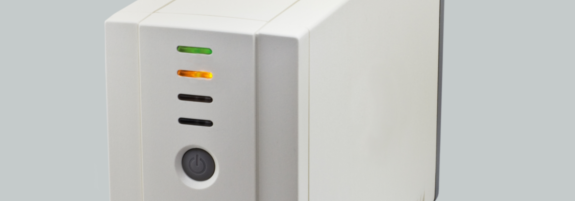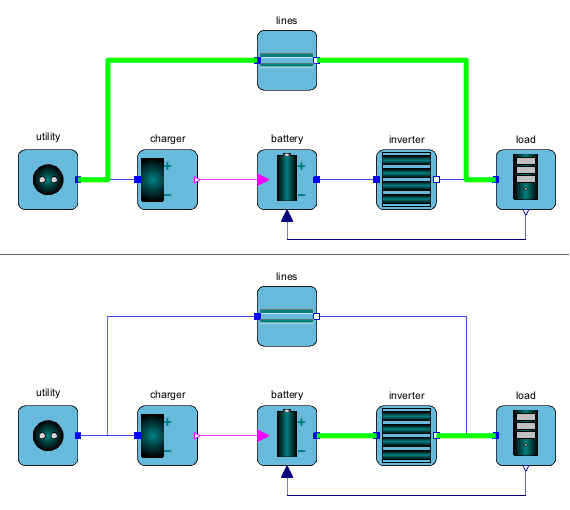Energía
Use System Modeler para desarrollar modelos precisos de sistemas de generación y distribución de energía eólica y solar, así como de otras fuentes. Combínelo con Mathematica para una mayor optimización y análisis.
UPS Reliability
An Uninterruptible power supply (UPS) is used to protect electrical devices such as computers from power failures, when the main power fails. Using a model where both the physical behavior and the reliability is modeled, conclusions can be drawn about both the switching behavior and the system reliability.
Para ejecutar este ejemplo necesitará
Las versiones más recientes de System Modeler y Mathematica.
Por favor haga una selección:
Obtener unaprueba gratuita Continuar
con la descarga
An offline UPS turns on backup power from a battery when the incoming voltage from the wall power falls below a certain threshold.
Simulation Results
Simulating the model, we can see that after 5 seconds of operation the power switches from wall power to the battery. After 17 minutes, the battery cannot power the inverter anymore and the equipment turns off.
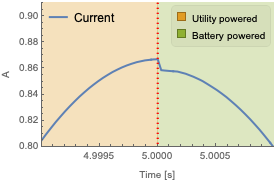
The UPS switching from external power to battery.
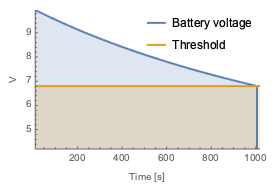
The UPS turns off when battery voltage goes under a certain threshold.
Compare Reliability
Annotating the system with lifetime distributions for the different components, we can compare how long the expected mean time to failure (MTTF) is for a traditional consumer-oriented product with one that has a more expensive battery.
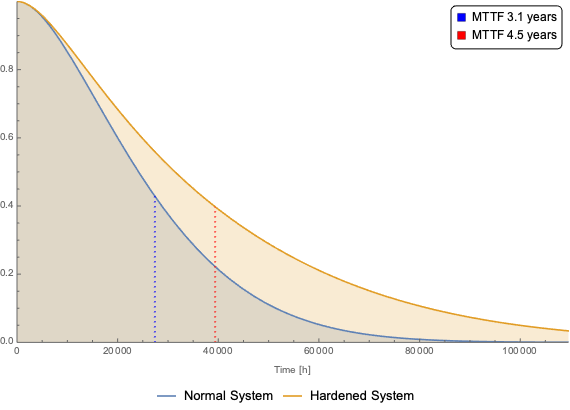
Switching to the professional grade battery improves the mean time to failure from 27,400 hours to 38,380 hours, or with 40%.
Wolfram System Modeler
Probar
Comprar
System Modeler está disponible en inglés
y japonés
para Windows, macOS y Linux »
¿Preguntas? ¿Comentarios? Contacte a un experto de Wolfram »
